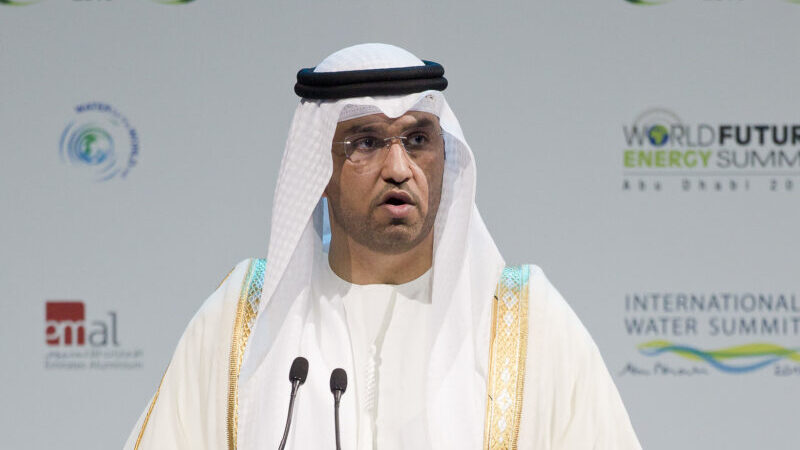The Cop28 team must show leadership on fossil fuel phase-out, renewable and energy efficiency, finance, climate plans and loss and damage
In just over two weeks nearly 200 governments will signal what they believe the world needs to do next to tackle the climate crisis.
The final outcome of Cop28 will – when it finally lands around 12-13 December – offer the best assessment of how far and how fast leaders are willing to go to cut greenhouse gas emissions.
That deal will not be easy for Cop28 President Dr Sultan Al-Jaber to deliver. But given revelations by the BBC that the UAE planned to use Cop to cut oil deals, he will be under intense scrutiny and pressure to deliver a high ambition outcome that charts a pathway to fossil fuel phaseout.
This meeting comes at an exceptionally difficult time globally and with the backdrop of many tensions, the war in the Middle East being the most recent addition. Yet the annual UN climate summit is no stranger to diplomatic heat.
In the near 30 years of these meetings tensions have often been high: this in itself cannot be used as an excuse for failure.
Governments are faced with a clear challenge. This year will be the hottest year on record. Global greenhouse gas emissions are at all time highs. Climate impacts are hitting home, driving up food inflation, choking the Panama canal, drying the Amazon, killing crops in Africa, burning vast swathes of North America and leaving areas of India, China underwater.
Given the scale of the crisis, the benchmarks for success at Cop28 are high. The evidence – as presented in the Global Stocktake – must inform the results and that means a high ambition outcome.
Fossil fuel phaseout
For one, Cop28 must land a collective plan for a just and equitable phaseout of coal, gas and oil – the key drivers of the climate crisis.
To keep 1.5C within reach, the energy transition needs to accelerate.
Slow or insufficient action on fossil fuels would mean more economic instability through the 2020s and 2030s.
If “abatement” technologies are applied in some sectors, they need to capture all emissions, not delay action.
Cop28 decisions can send a clear signal that “business as usual” and relying on uncertain future abatement technologies is no longer viable.
Renewables and efficiency
Second, countries are expected to commit to triple renewable energy by 2030 and double energy efficiency.
Many are on track for this already but a common – united goal – will send market signals and can strengthen the fossil fuel phase out. Setting a framework for delivering this at Cop28 with measures to track progress is essential.
Finance
Three, clean energy and measures to beef up adaptation and resilience of countries to extreme weather need finance.
That the $100 billion has now been met is good news, but it’s far short of the $1 trillion a year that’s required to support poorer nations.
We need agreement at Cop28 from major development banks and donors that access to finance will be faster and at lower costs. No finance, no future.
Stocktake
Four, a flotilla of new climate plans for 2035 are due in around 15 months.
The Global Stocktake outcomes should be used to ensure 2025 sets a new standard for governments to meet.
That means tougher targets covering more sectors. It also means ensuring that adaptation is treated as a priority: scaling up plans to cope with future disasters is essential, as is the cash to support that.
Loss and damage
Five, delivery of the loss & damage fund at Cop28 will be a major milestone. Success will depend on funding.
We’ll need to see this during and after the World Leaders Summit from 1-2 December to rebuild trust and reassure poorer nat
Read More

